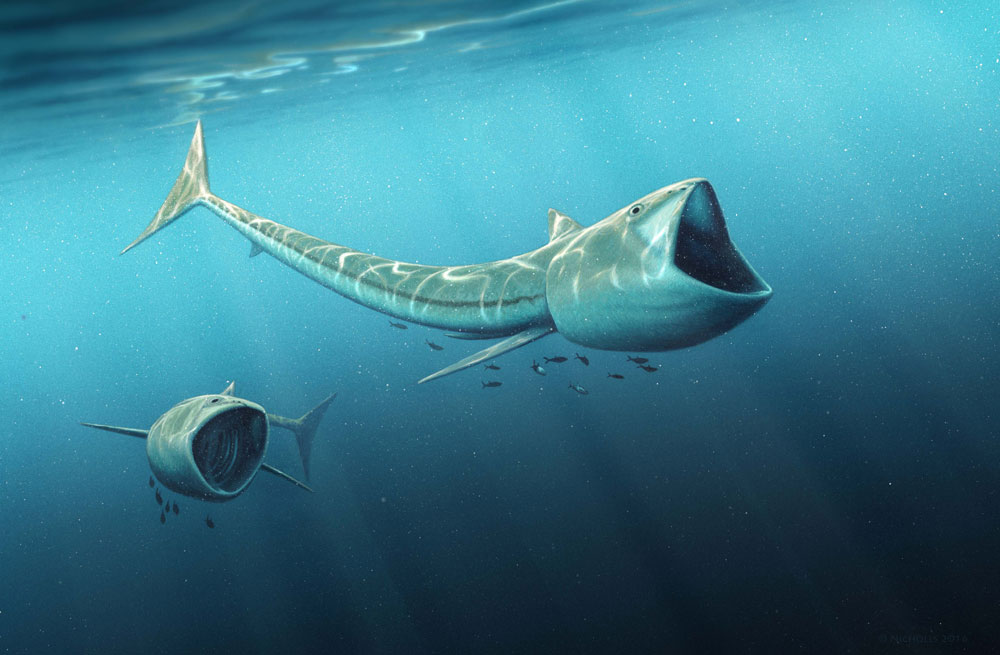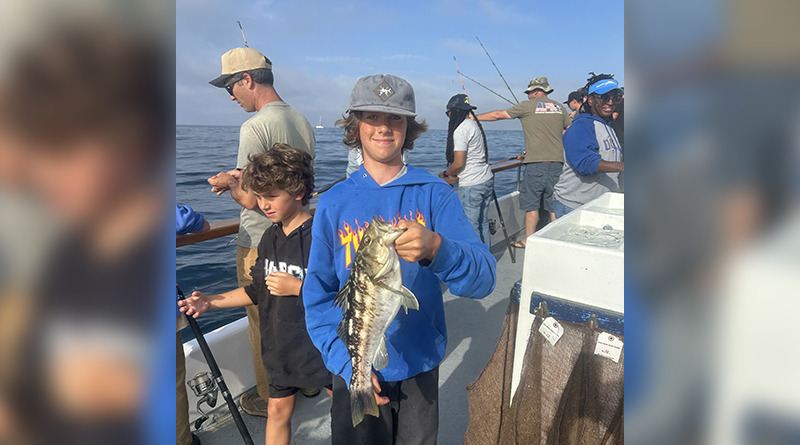Archaeologists unearth ‘big-mouthed’ fish from Cretaceous Period
CHICAGO — An international team of scientists have discovered two new plankton-eating fossil fish species of the genus called Rhinconichthys (Rink-O-nik-thees) from the oceans of the Cretaceous Period, about 92 million years ago.
One of the authors of the study, Kenshu Shimada, a paleobiologist at DePaul University, said Rhinconichthys are exceptionally rare, known previously by only one species from England. But a new skull from North America, discovered in Colorado along with the re-examination of another skull from Japan have tripled the number of species in the genus with a greatly expanded geographical range. These species have been named R. purgatoirensis and R. uyenoi, respectively, according to Shimada, who played a key role in the study.
Rhinconichthys belongs to an extinct bony fish group called pachycormids, which contains the largest bony fish ever to have lived. The new study specifically focuses on highly elusive forms of this fish group that ate plankton.
Rhinconichthys was estimated to be more than 6.5 feet and fed on plankton. It had a highly unusual specialization for bony fish. According to Shimada, one pair of bones called hyomandibulae formed a massive oar-shaped lever to protrude and swing the jaws open extra...







